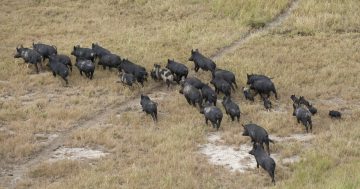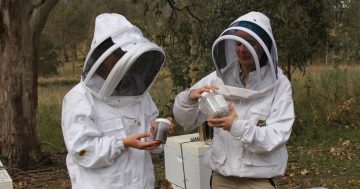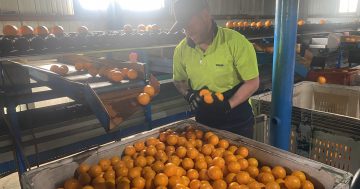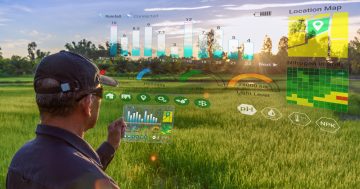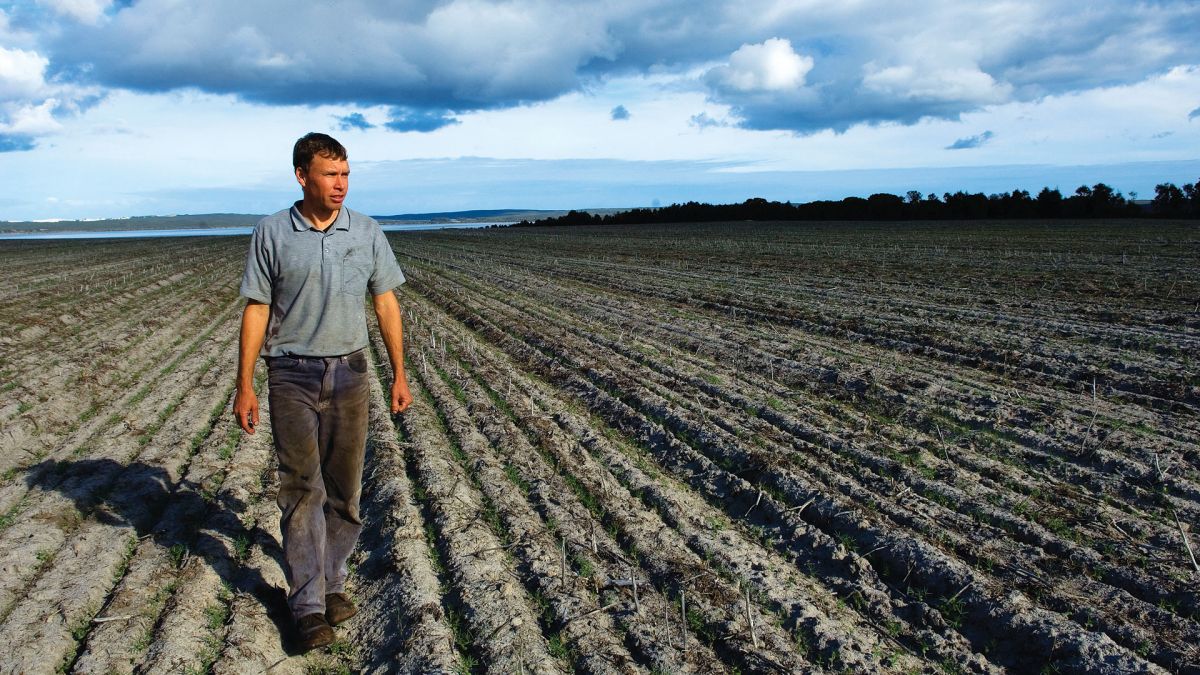
Grains Research and Development Corporation (GRDC) is partnering with the NSW Department of Primary Industries and Regional Development to bring together a $13.5 million biosecurity alert system for farmers. Photo: GRDC.
The NSW Government has unveiled a new $13.5 million biosecurity project that looks to identify and reduce exotic threats against the state’s grain growers.
The five-year co-investment through the National Grains Diagnostics and Surveillance Initiative is being led by NSW Government scientists at the Elizabeth Macarthur Agricultural Institute (EMAI), with research being conducted at its Wagga Wagga, Tamworth and Orange Agricultural Institutes.
The project, which aims to address critical gaps in grains biosecurity, is part of the government’s $946 million investment in protecting the state’s primary industries against biosecurity threats.
The work, which targets 16 exotic grain pathogens and 62 exotic grain pests currently not in Australia, aims to prevent billions of dollars in damage to the state’s agriculture sector if there were future domestic outbreaks of these threats.
It includes the development of new tools to increase the number of samples that can be tested within a given time, and near-field diagnostics that will speed up pathology results to inform management decisions, such as when and where to spray crops to control pests and disease.
Targeted pests and pathogens, currently not present in Australia but causing significant damage internationally, include wheat blast, exotic fusarium wilt diseases and hessian flies.
Overseas, the exotic wheat blast disease, present in South America, Bangladesh and Zambia, has resulted in devastating crop losses of up to 100 per cent when the environmental conditions were conducive.
Minister for Agriculture Tara Moriarty said keeping these pests and diseases out was one of the NSW Government’s biggest priorities, but if they did arrive, farmers needed to be prepared.
“This work being undertaken by NSW Department of Primary Industries and Regional Development scientists and the Grains Research and Development Corporation is putting the NSW grains industry in the best position to identify and reduce the impact of exotic biosecurity threats,” she said.
“The NSW Government is committed to protecting our agricultural industries using advanced research and diagnostic capabilities.
“This key research is essential in supporting the NSW grains industry, assisting grower decisions and strengthening food security.
“NSW has the best food and fibre in the country and our exports are highly sought after in international markets, which is why we continue to expand our capacity to respond in an emergency.”







